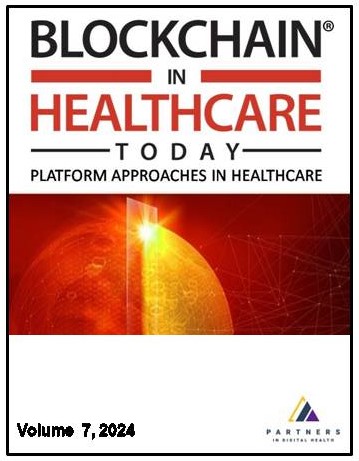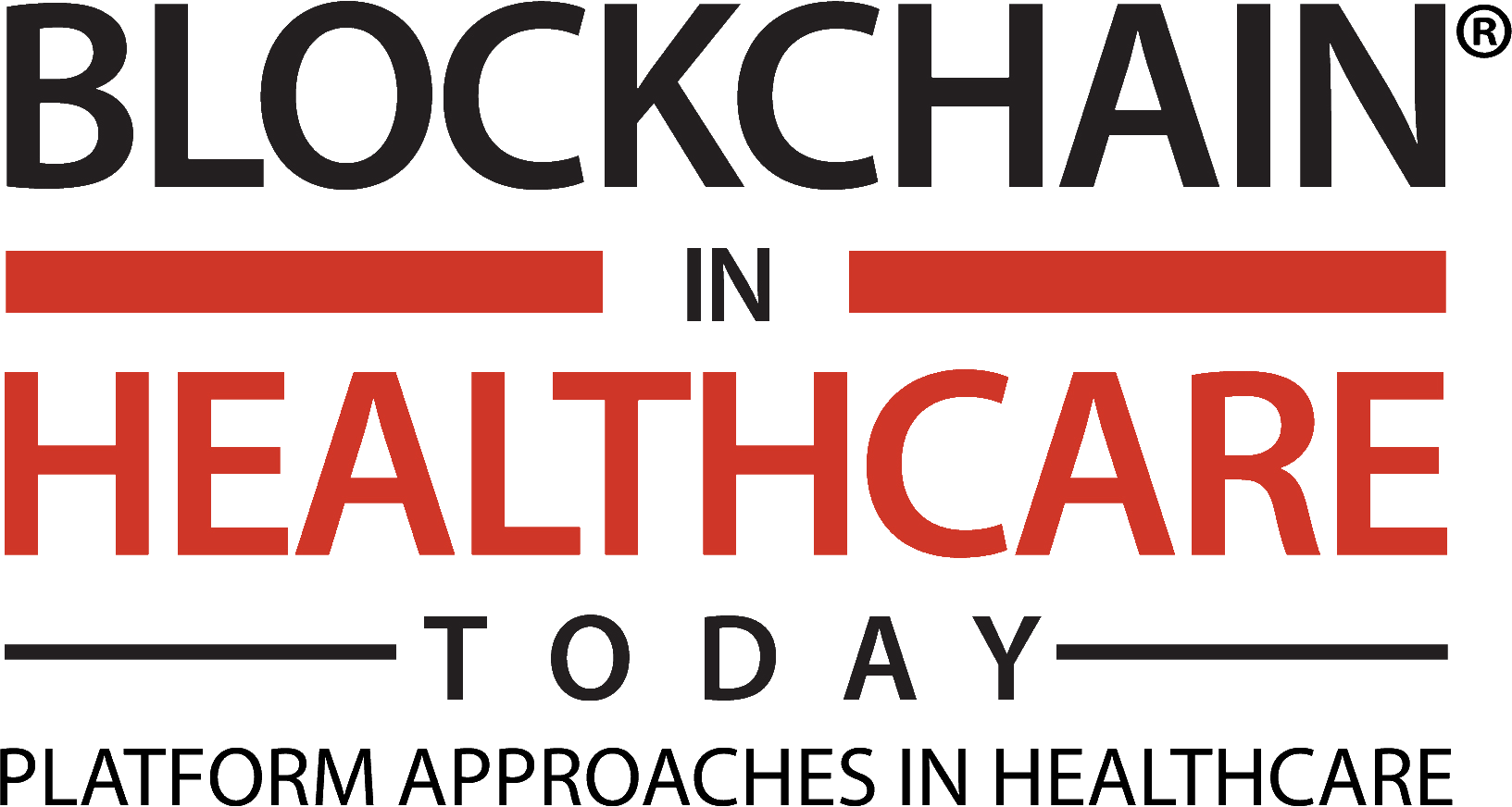
Additional files
More articles from Volume 6, Issue 1, 2023
Walk Before You Run: Why Healthcare Needs Web 2.5 Before It Can Adopt Web3
Implementing Democratized Patient Health Record Access Through Distributed Ledger Technologies and Token Economics
Closing a Key Gap in DSCSA Compliance with Credentialing
Zero Trust: Enabling the Last Mile of Biomedical AI Research
Future Health: Leveraging Space for Health Innovation
Article views
NFTs and Metaverse in Healthcare: What’s the Big Opportunity?
Abstract
The global non-fungible token (NFT) market size is expected to grow by USD 147.24 billion from 2021 to 2026 at a CAGR of 35.27% and According to Precedence Research, the global metaverse market size is projected to be worth around USD 1.6. Trillion by 2030 and expanding growth at a compound annual growth rate (CAGR) of 50.74% from 2022 to 2030. What does this mean for healthcare and where’s the big opportunity? Although we are in the nascent stage for both NFTs and the Metaverse in healthcare, many will agree that some of the biggest transformations in healthcare will be driven by NFTs, specifically as ownership of data and our health records become the increasing focus in healthcare. Metaverse applications in healthcare also provide an enormous opportunity with many seeing this as the next generation of remote patient care and a new medium for patient engagement. Accenture has called the Metaverse the “next horizon in healthcare”. Immersive metaverse experiences can go beyond patient care and can transform training for doctors, surgeons, and healthcare professionals. Join Daniel Uribe of GenoBank.io to explore the varied and exciting applications ahead with NFTs and Metaverse including decentralized science (DeSci), decentralized health research, BioNFTs and the future of genome ownership.
Keywords
Citation
Copyright
This is an open access article distributed under the Creative Commons Attribution License which permits unrestricted use, distribution, and reproduction in any medium, provided the original work is properly cited.
Article metrics
The statements, opinions and data contained in the journal are solely those of the individual authors and contributors and not of the publisher and the editor(s). We stay neutral with regard to jurisdictional claims in published maps and institutional affiliations.

